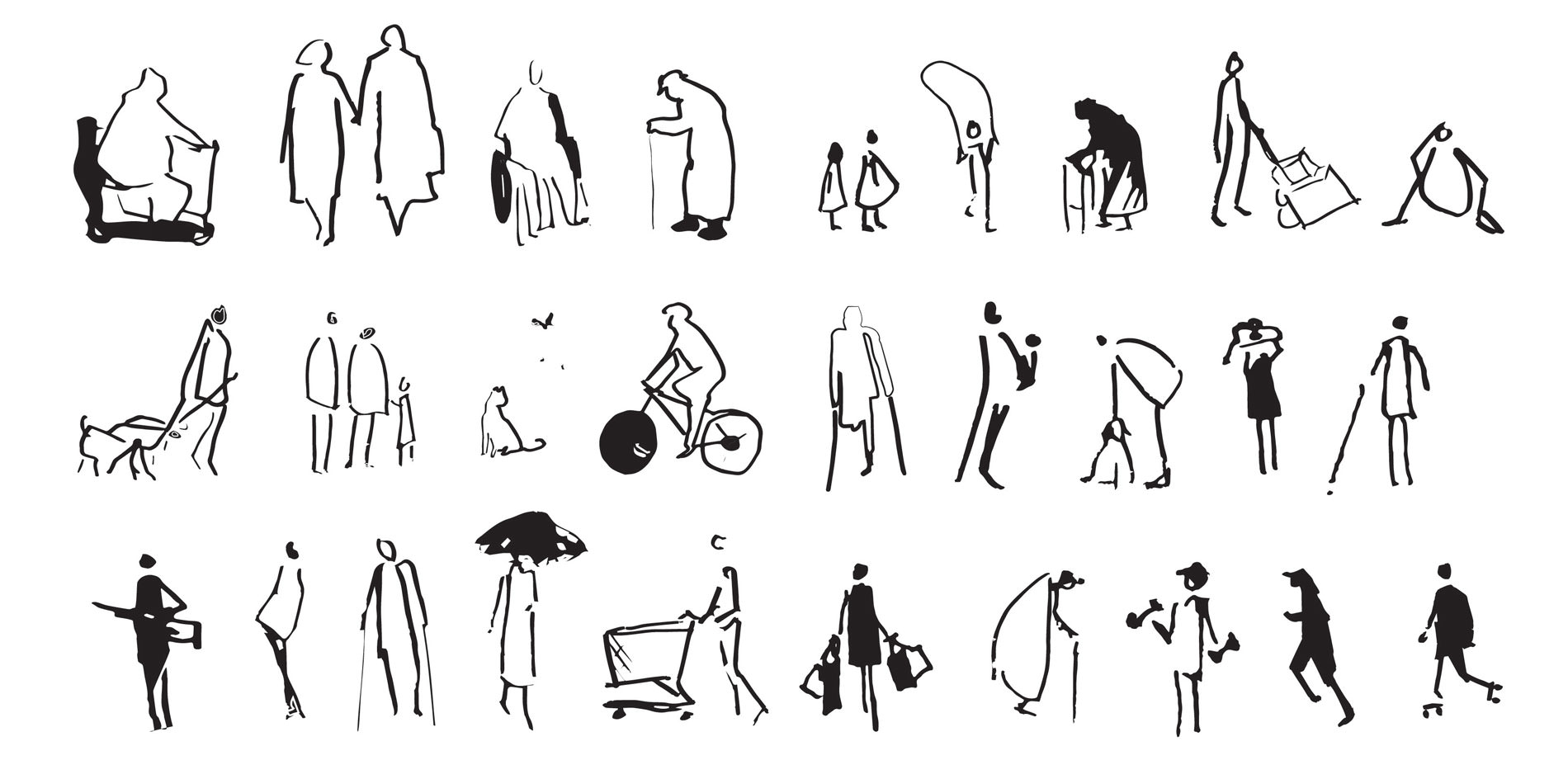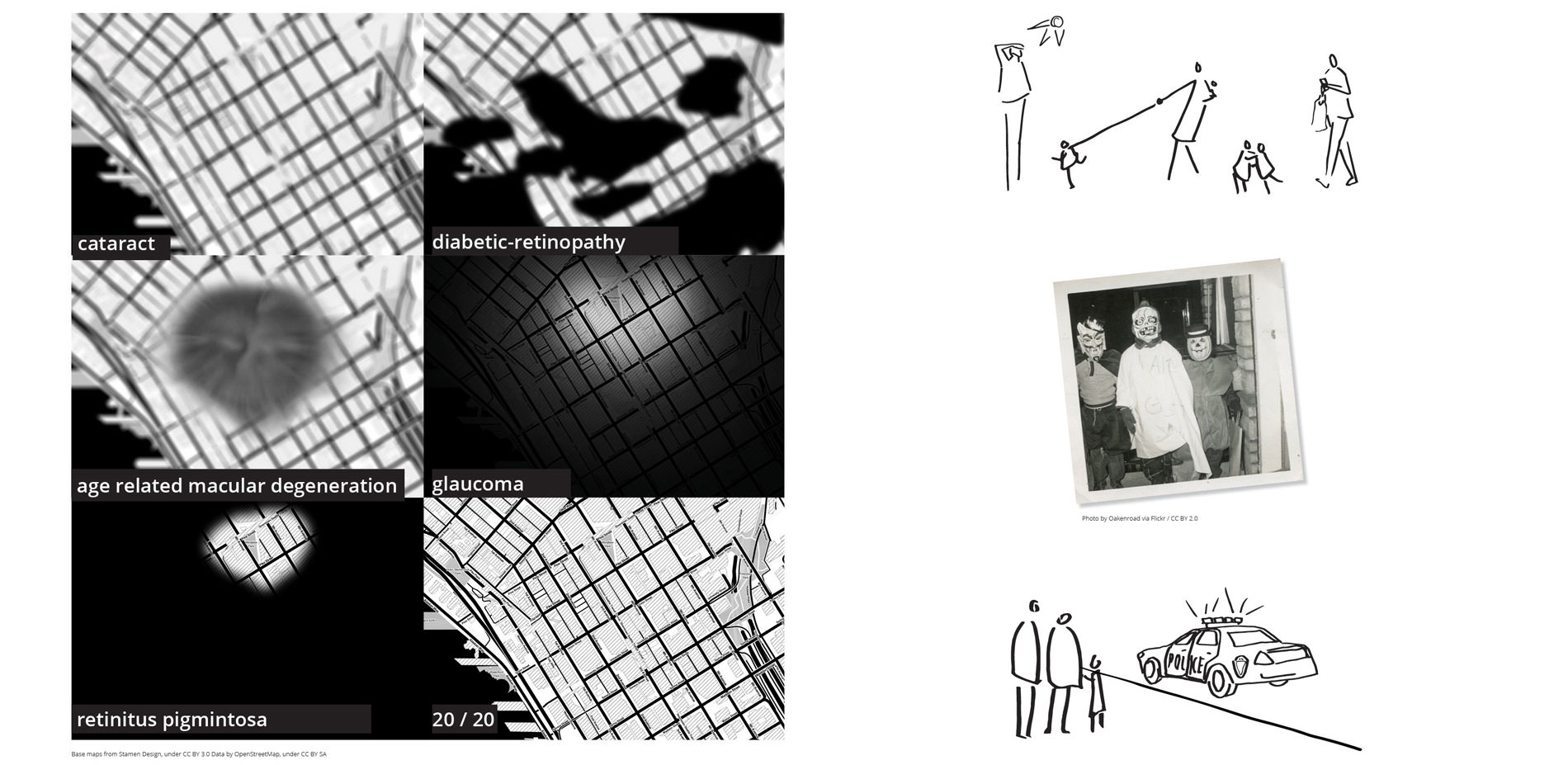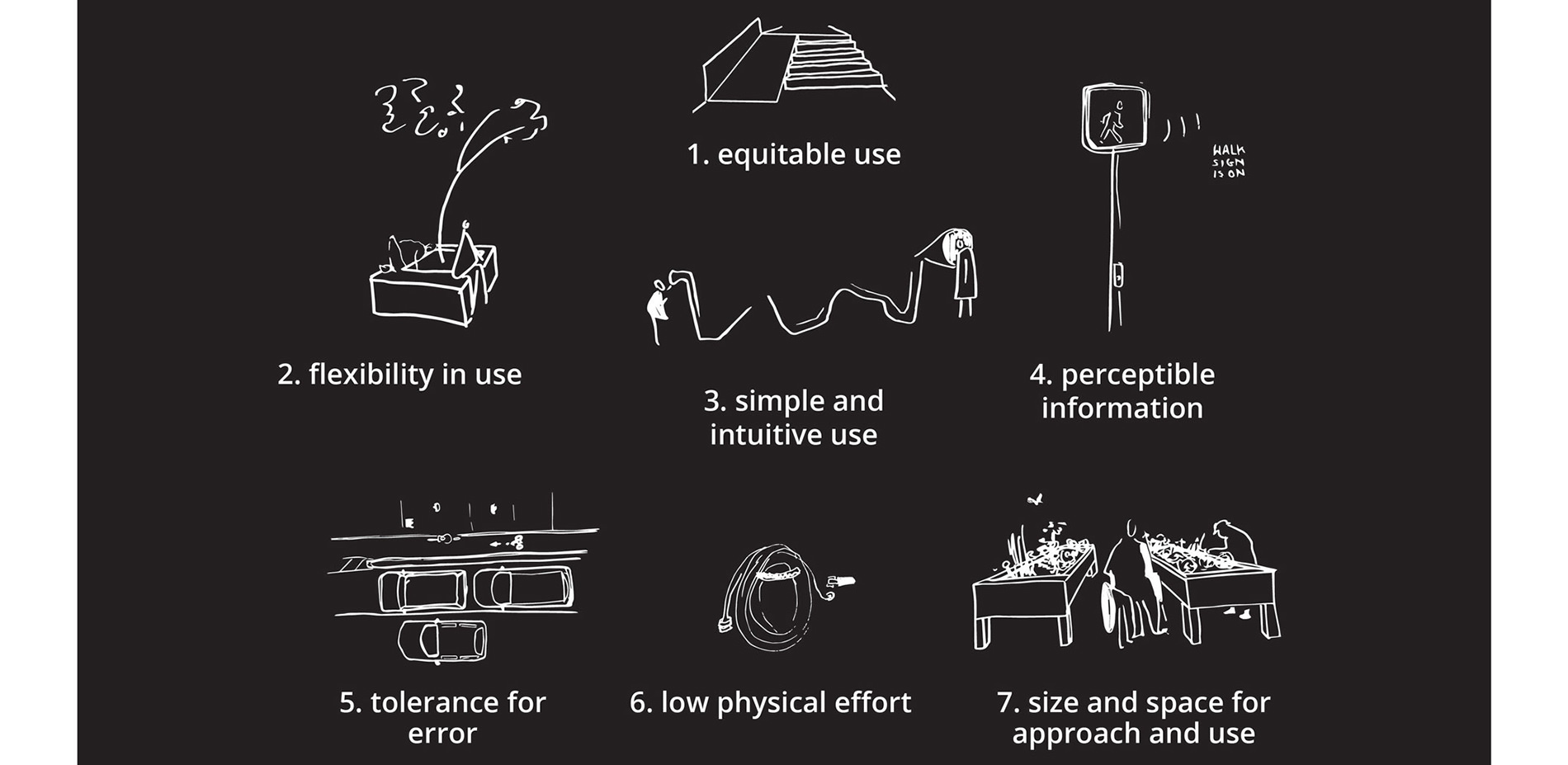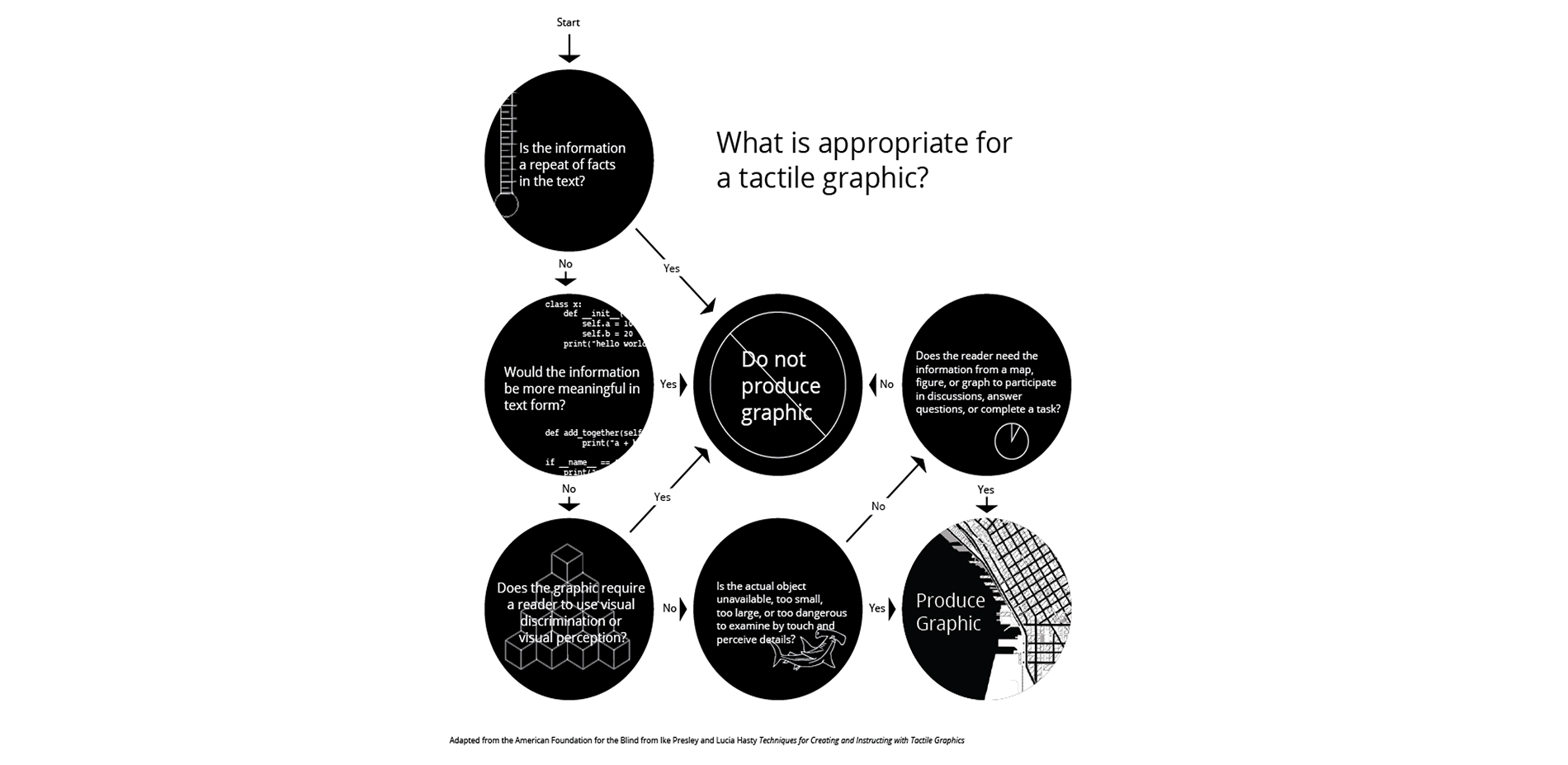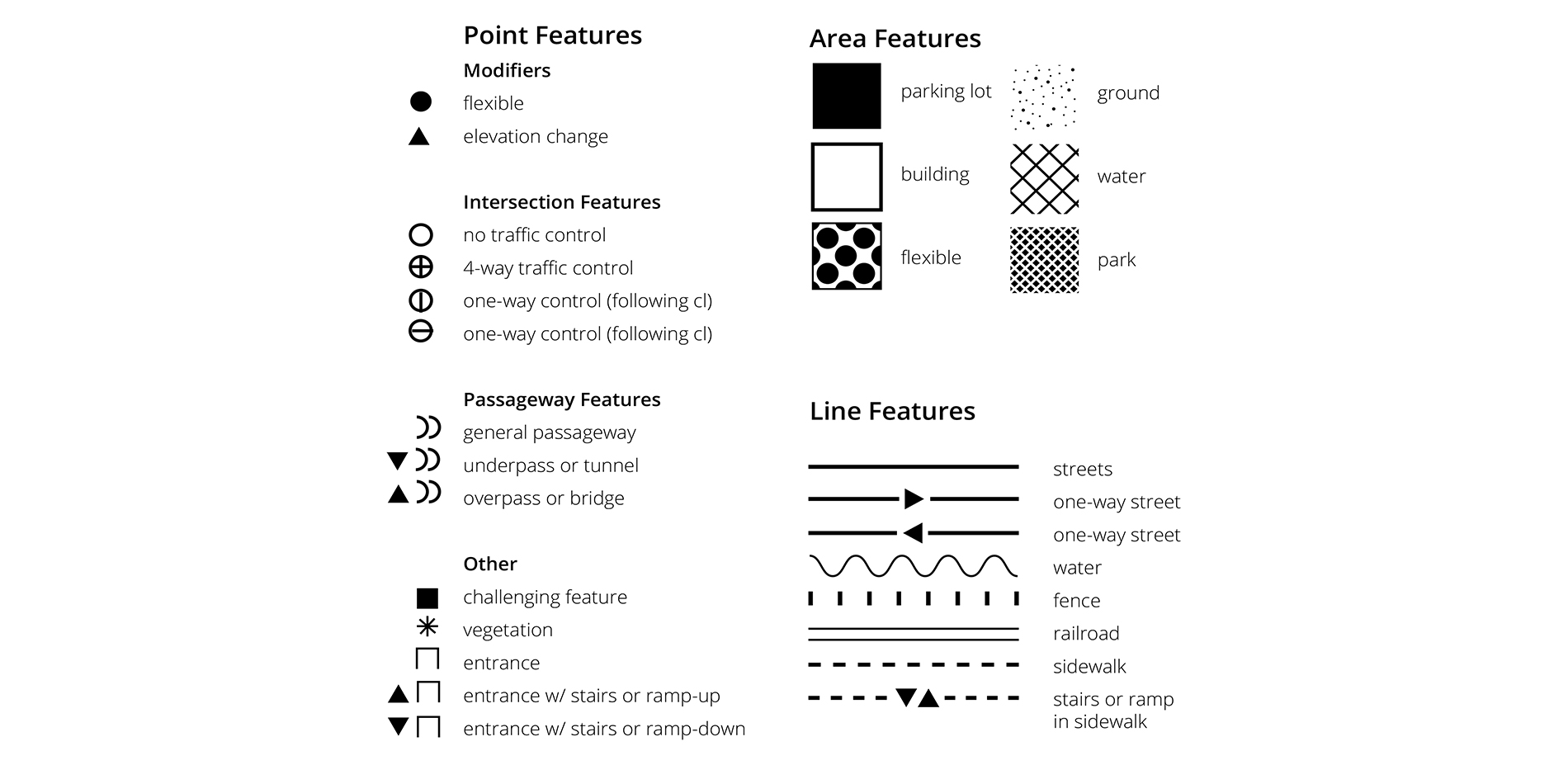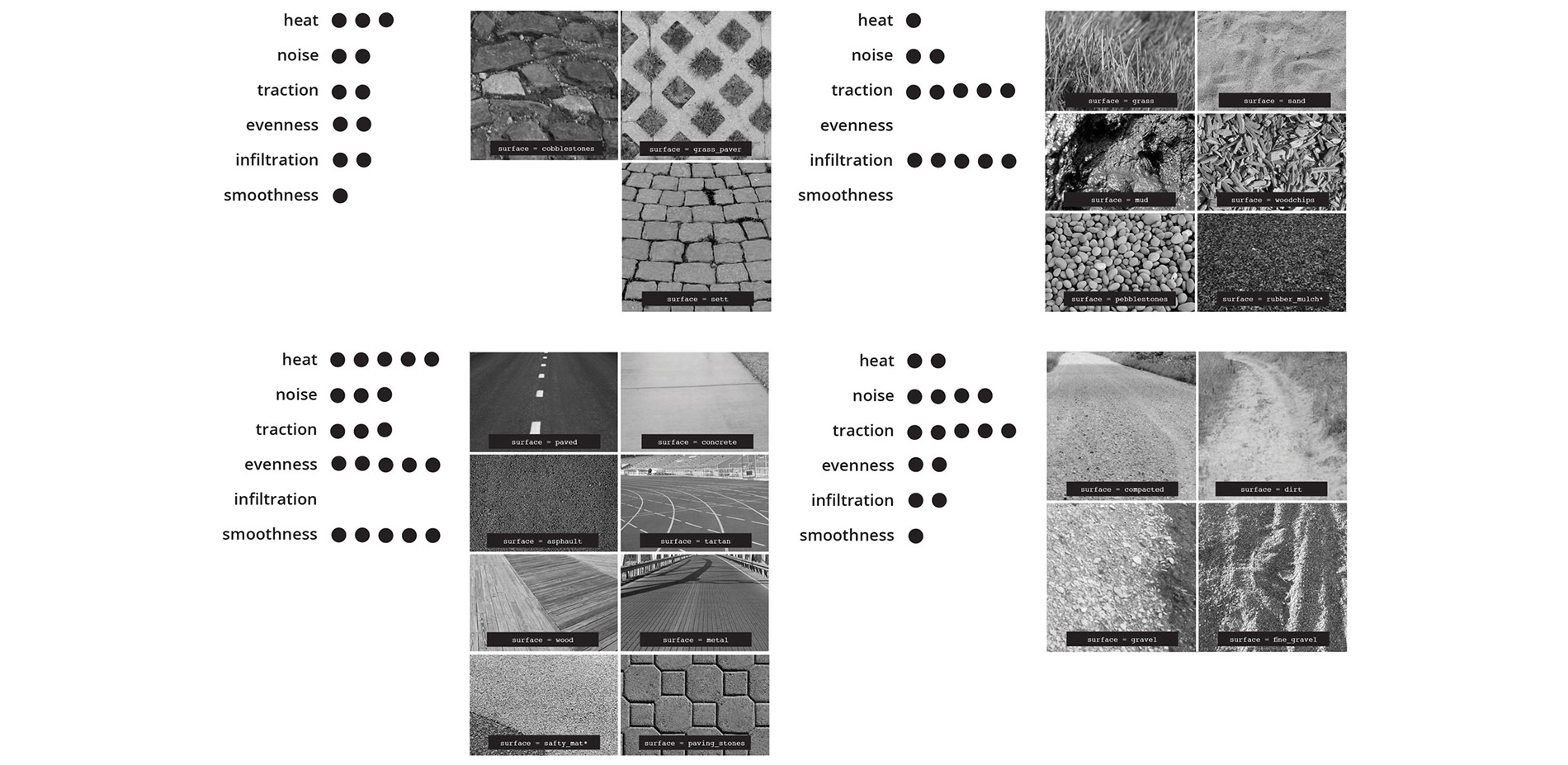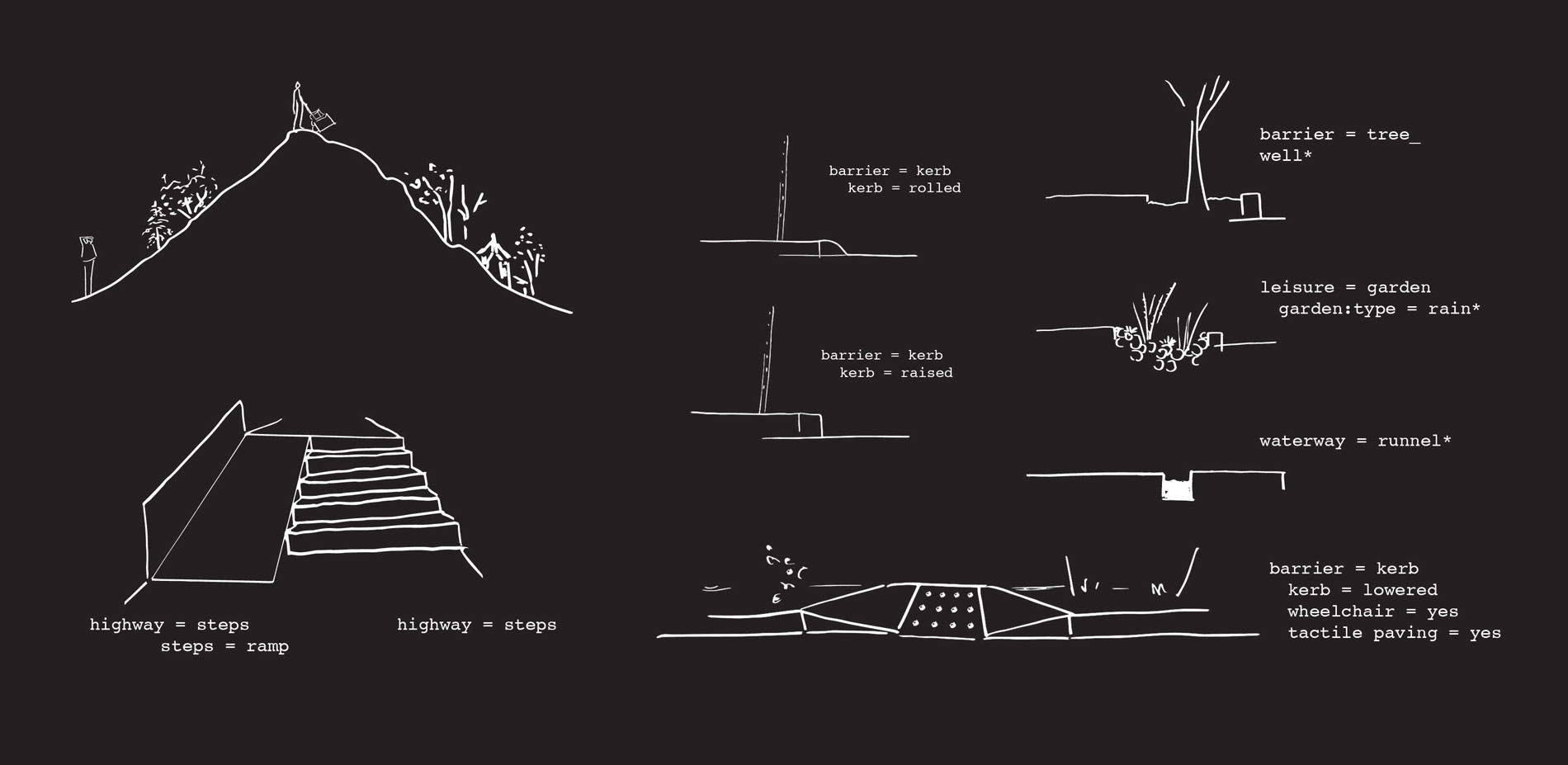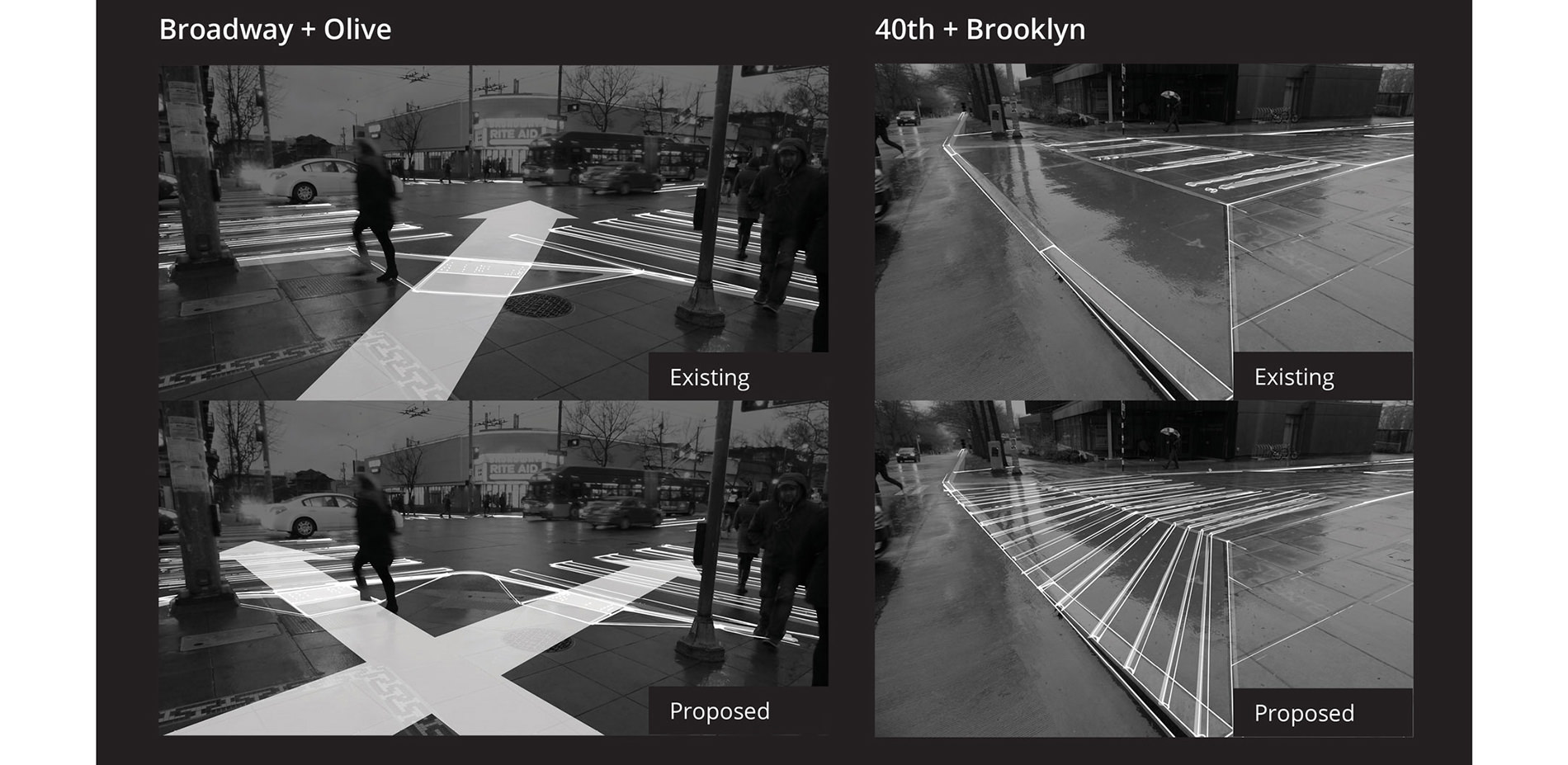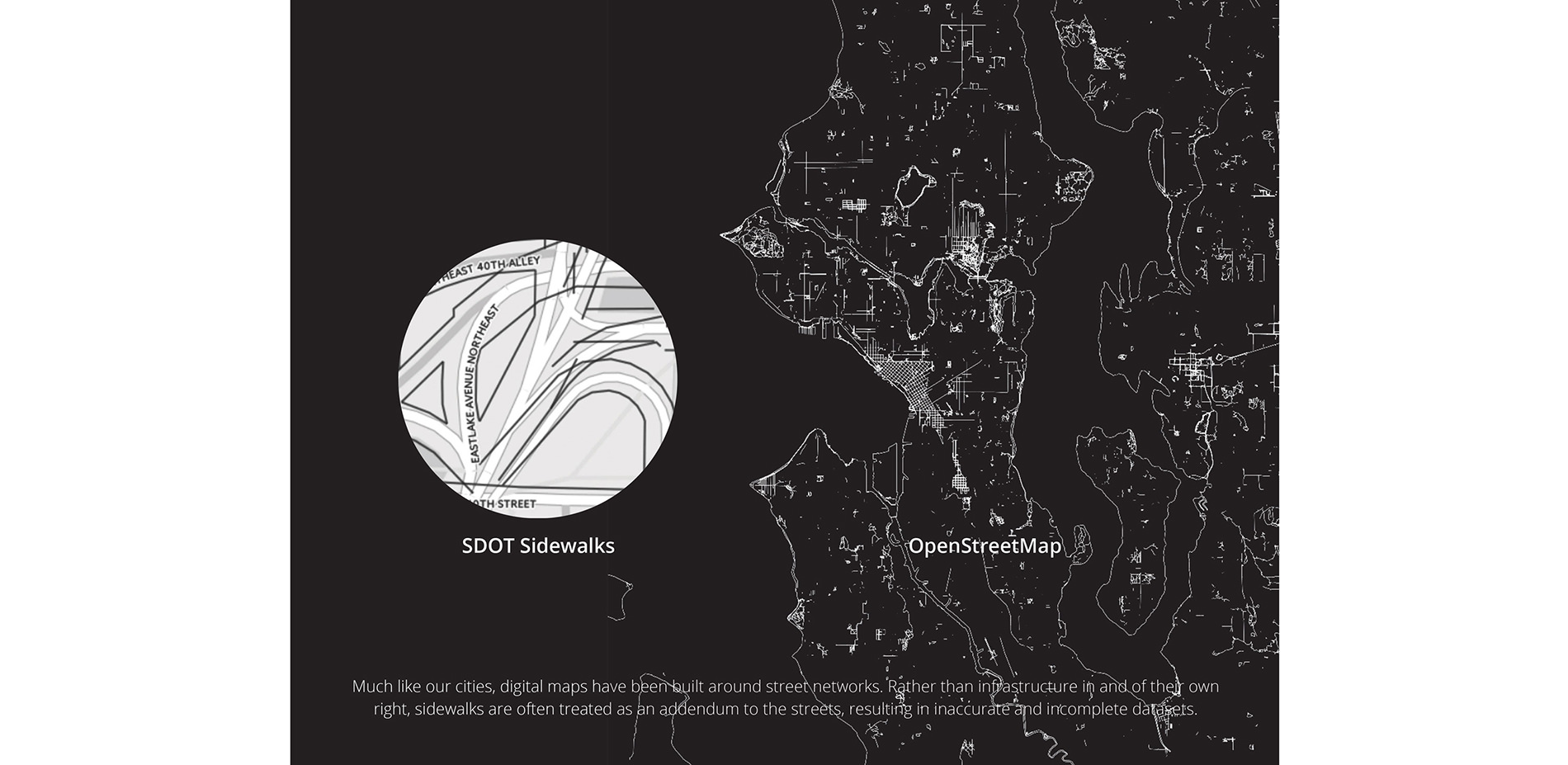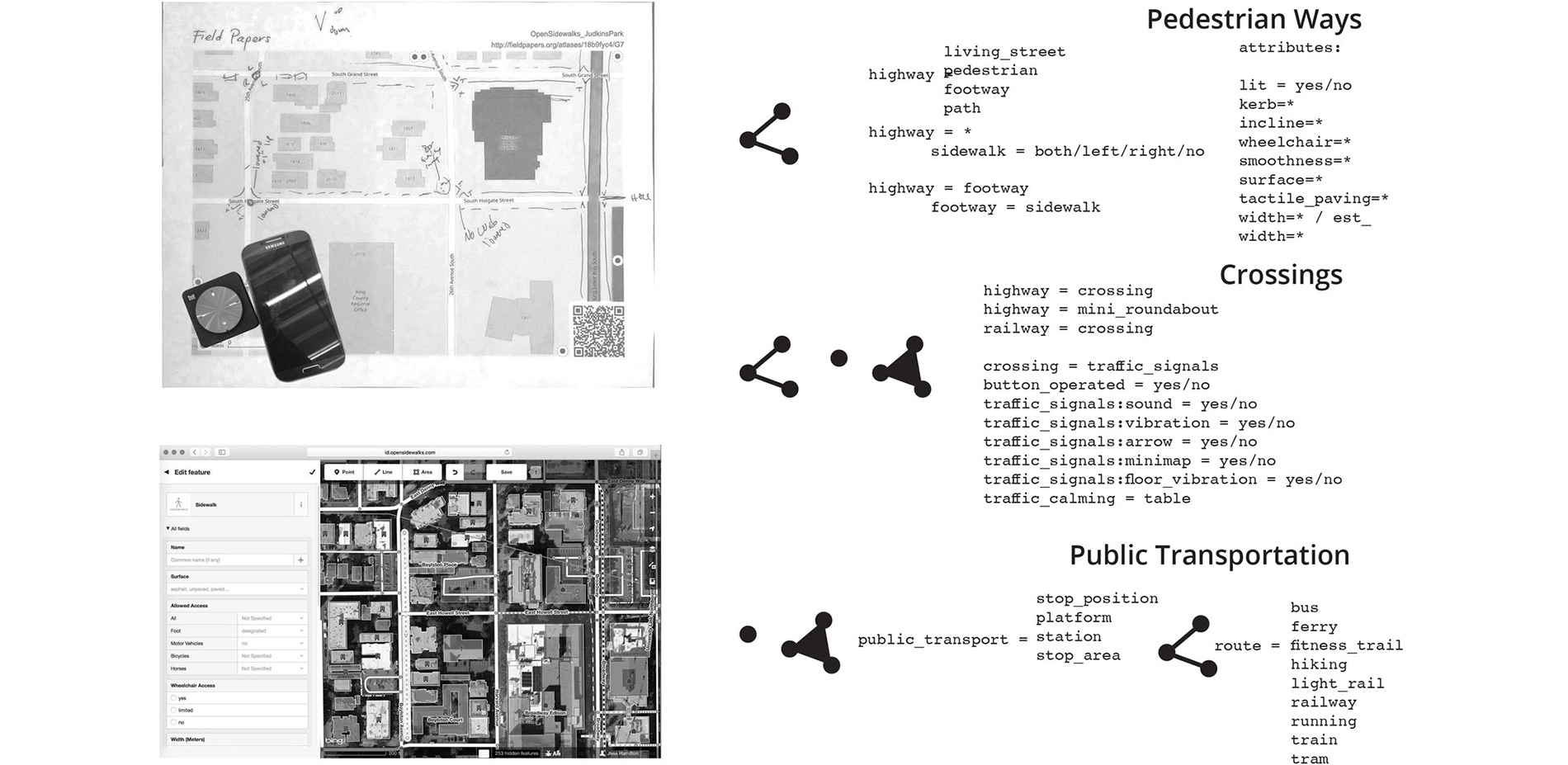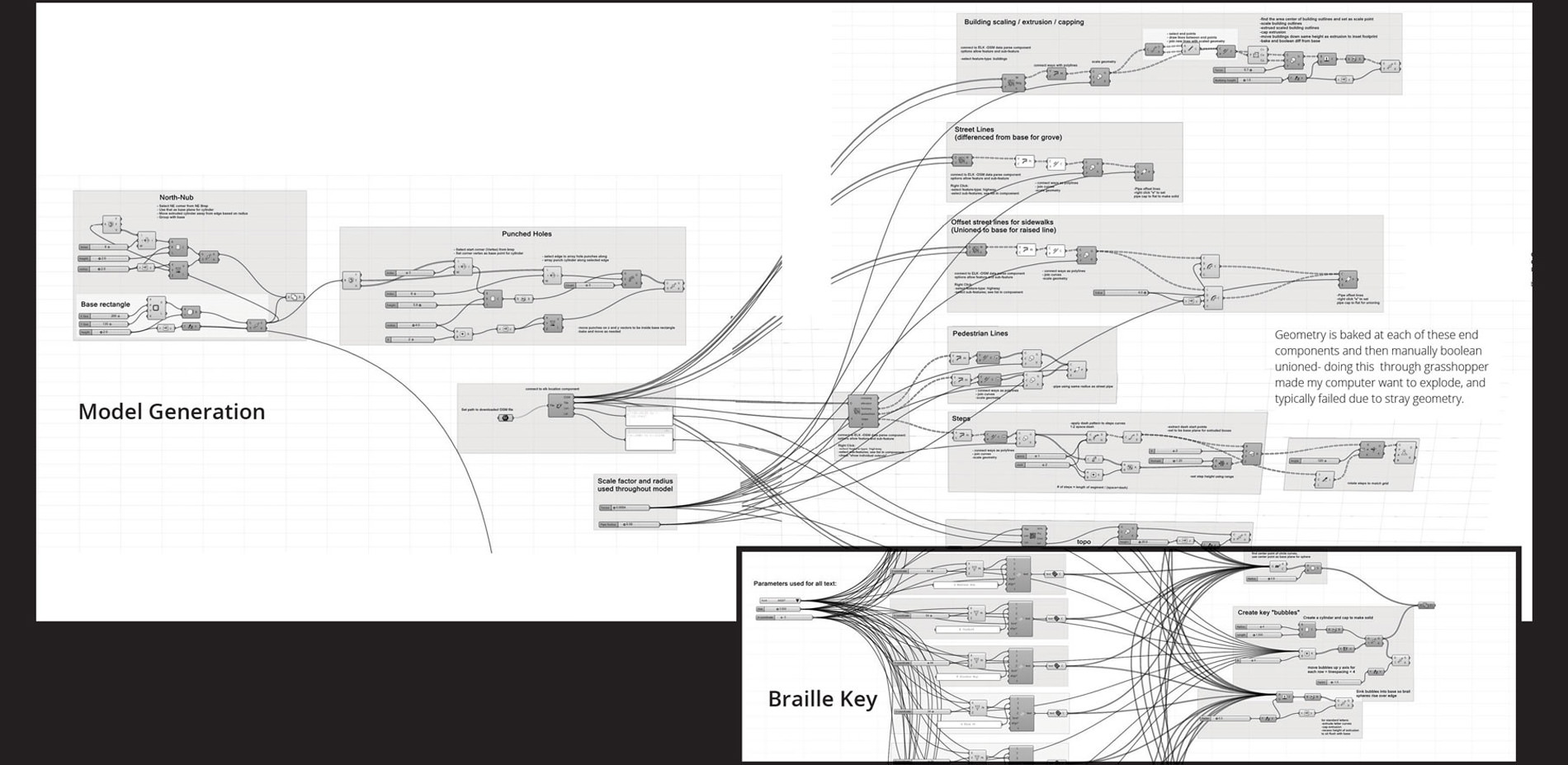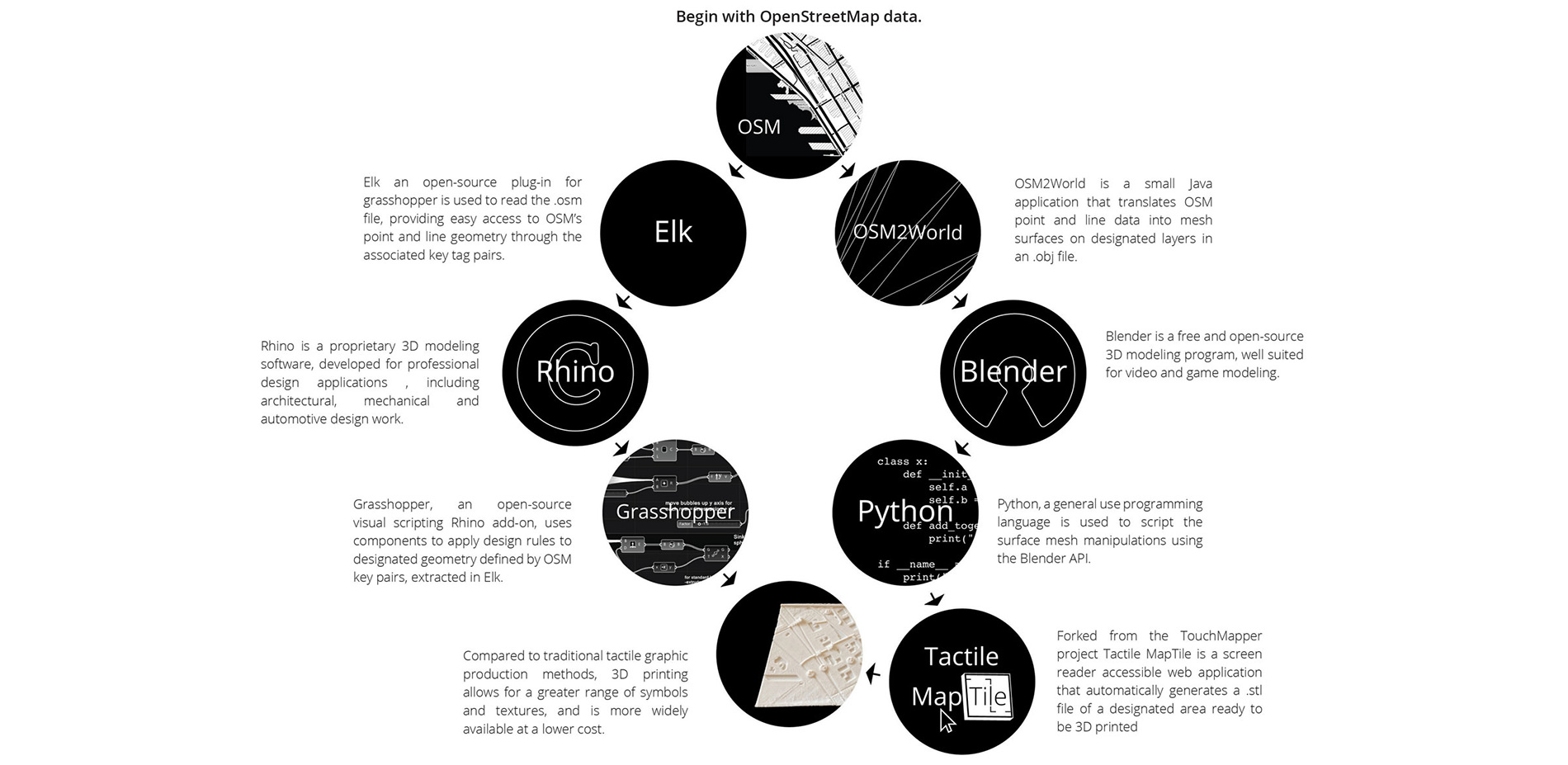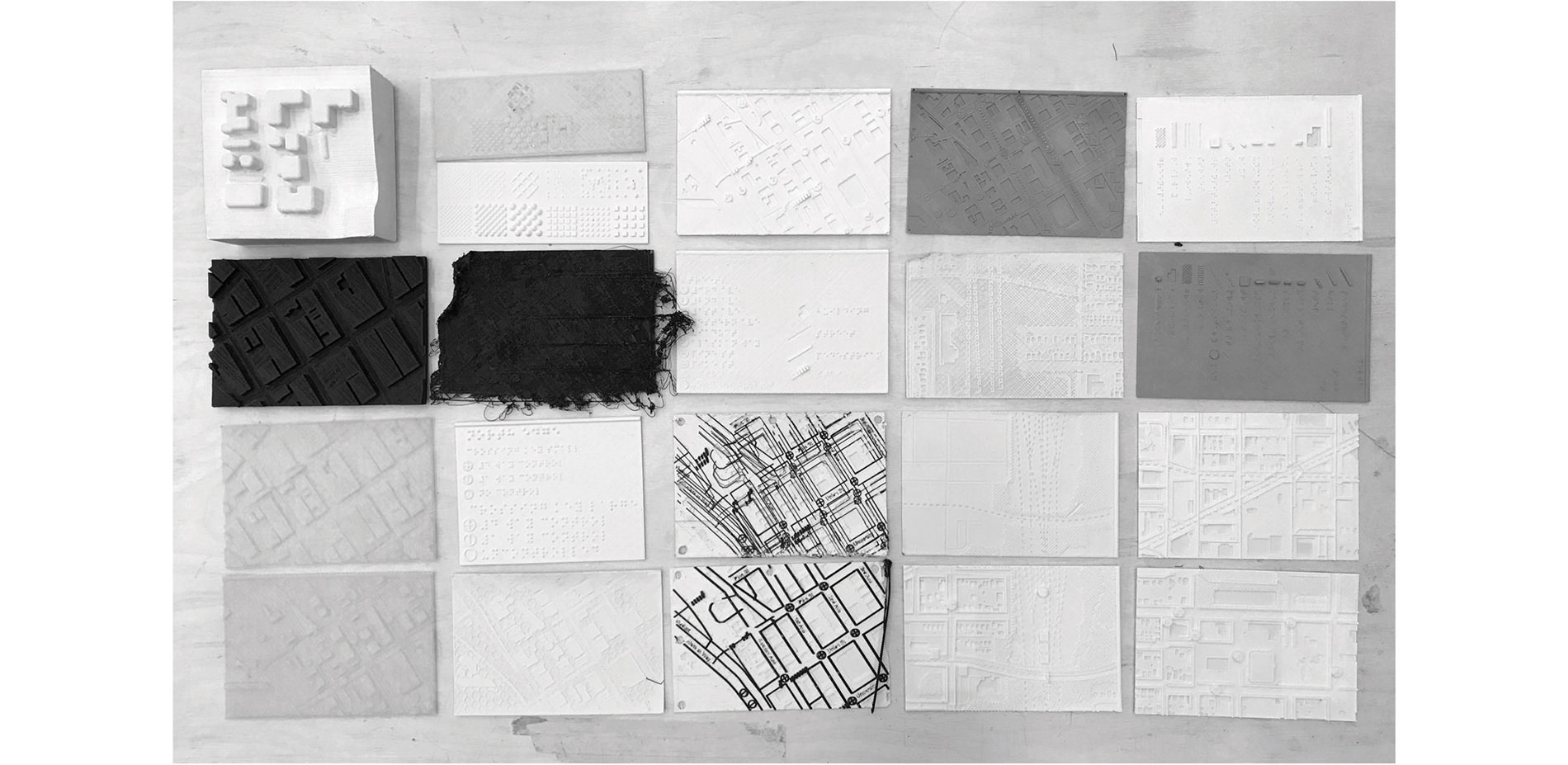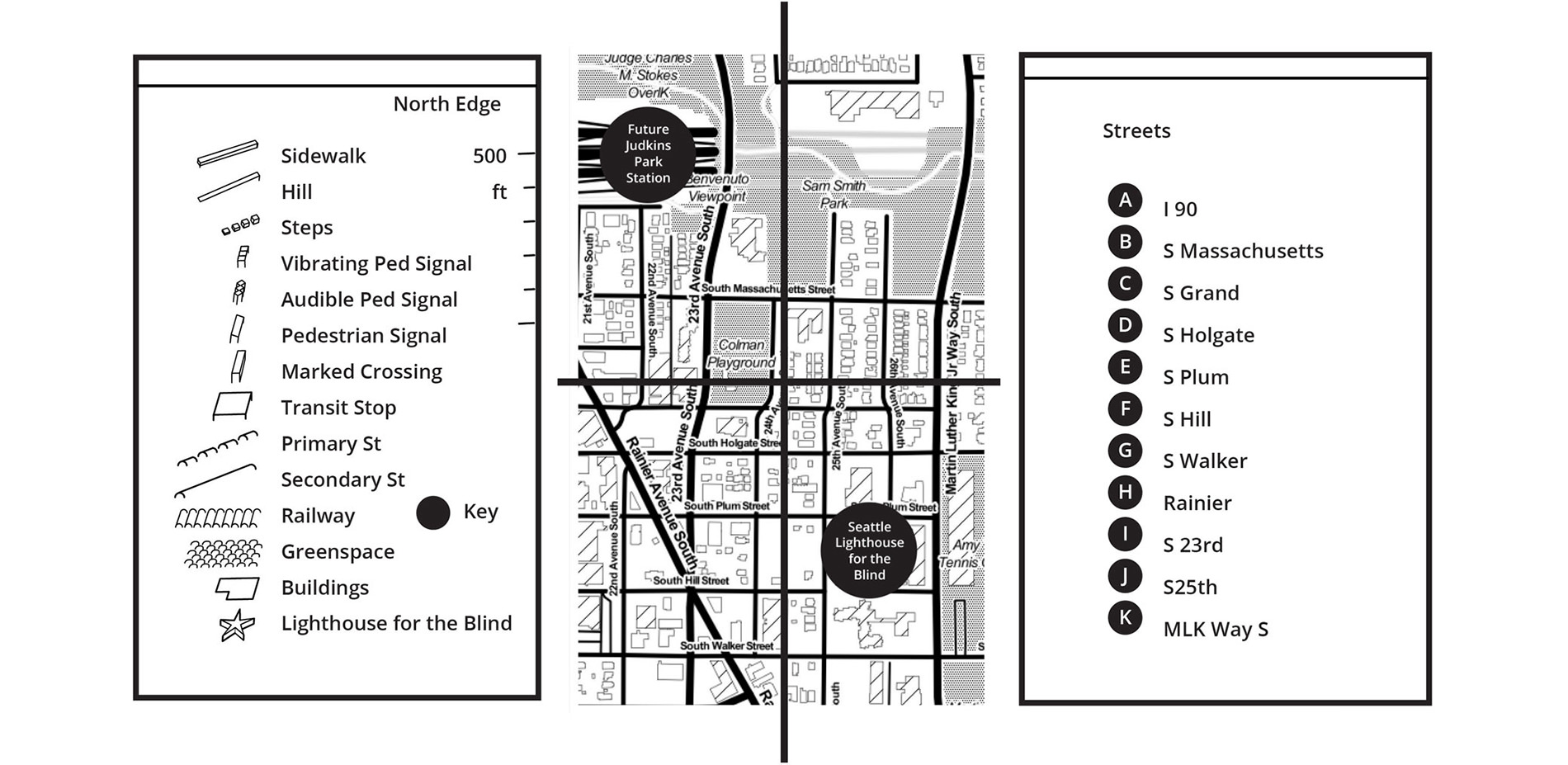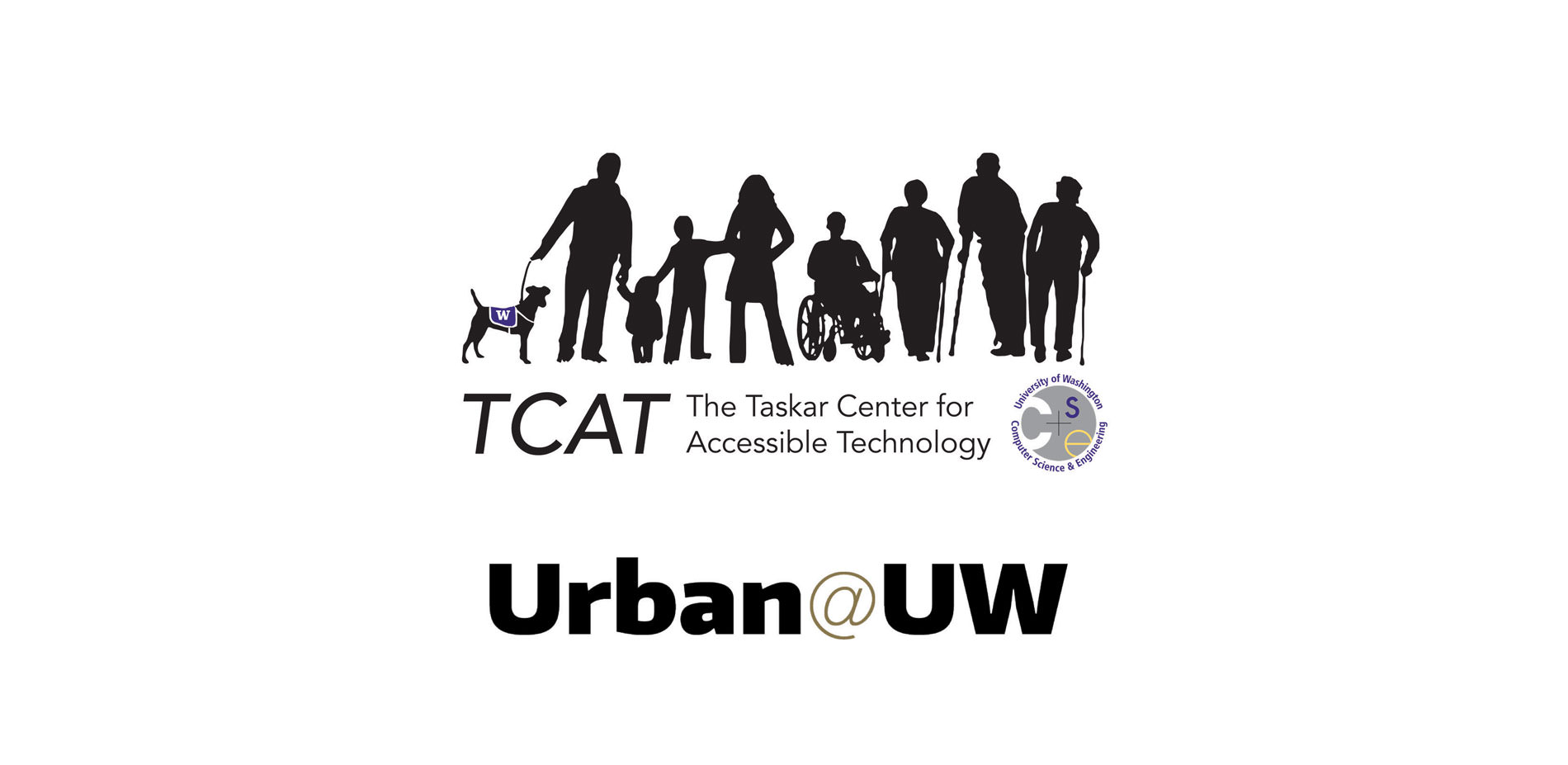Tactile MapTile: working towards inclusive cartography
HONOR
Communications
Jessica Hamilton, Student ASLA | Faculty Advisors: Thaisa Way, ASLA; Anat Caspi; Ben Spenser
University of Washington
A very interesting idea to take what we’re used to with Braille and raised surfaces, put it in a map form, and then into a transportable tool easily carried into the field.
- 2017 Awards Jury
PROJECT CREDITS
- Taskar Center For Accessible Technology
PROJECT STATEMENT
This project presents an alternative approach to exploring the pedestrian experience. Challenging the existing primacy afforded to vision, this work takes a tactile approach. Tactile abstractions are used as a means to guide people through the multi-sensory environments encountered everyday. Designed as tools that enhance spatial understanding for people within a large range of visual capacities, these maps consider circumstances that influence a full spectrum of experience.
Pairing a participatory, data-driven design approach together with interdisciplinary collaboration, these 3D printed, parametrically designed maps allow for user feedback, and ever changing open-data sets to be quickly incorporated.
PROJECT NARRATIVE
Tactile maps are not new to the cartographic record. Their value in facilitating orientation and navigation for the low vision and blind communities has been well established. However, their scope and availability has been greatly limited in the past by high production costs and limited interest from fields traditionally invested in map making and design. These maps have been designed as tools that enhance spatial understanding for people within a large range of visual capacities. They abstract nonvisual cues from the pedestrian environment and consider circumstances that influence a full spectrum of experience.
In collaboration with a group of computer science students, this project works towards the development of a web application that would allow users to automatically generate a 3D map model of any given area. That model could then be printed at home, brought to a local library, or sent to a 3D printing service for relatively quick and inexpensive map production. Beyond customizable map locations, ultimately the application would allow users to specify different scales and map features that are important to them.
Parametrically designed, these maps allow for user feedback, and ever changing open-data sets to be quickly incorporated. While input from several expert users was incorporated throughout the design process of both the maps and the web application, a formal review of the maps produced thus far will be conducted in early June of 2017 with 10-15 members of Seattle’s deaf-blind community. Participants will be asked for feedback on several map styles, and will also be surveyed on their informational needs and preferences.
This work was directed towards establishing critical pedestrian information that should be included in a base map, and designing a set of associated atomic symbols for that critical information. In order to facilitate the end goal, this project focused on employing open source, crowd contributed, geospatial data from OpenStreetMap.
OpenStreetMap was chosen for it’s extensive global coverage and easily extendable data schema. This platform allows for the project to easily pull from a large existing data pool, while also making it simple enough to fill in informational gaps as they pertain to pedestrians.
Illustrative documentation of both the process and analysis that went into making these maps is directed more squarely at the design community. This project re-examines the pedestrian environment, with a focus on the specific needs of the low vision and blind communities. The goal of this work is to persuade designers to consider a broader spectrum of experience, and engage more critically in what it means to be designing inclusive cities.
This project is meant to bring attention to the deficiencies of the system currently place, in which accessibility checklists too often are accepted in lieu of truly inclusive design. The straightforward approach is intended to remind designers that accessible design is good design, and if we want to build more equitable cities that means there is a huge spectrum of experiences we must first understand.

